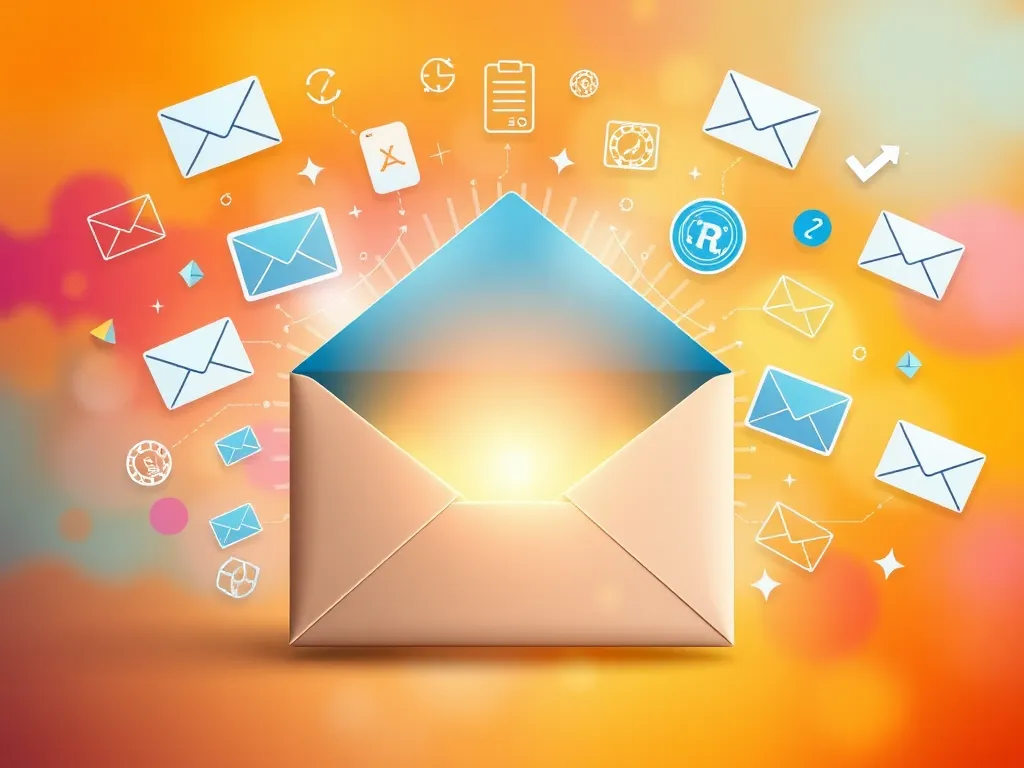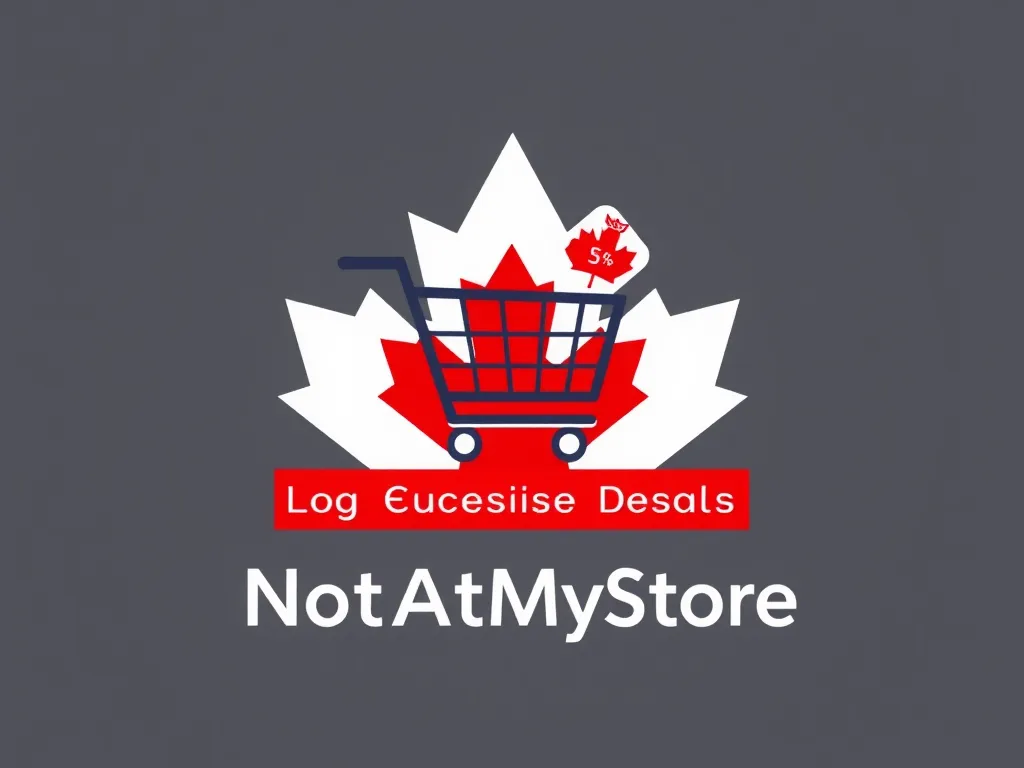Top Sales Email Best Practices to Boost Your Results

Email Marketing for Sales: Boosting Your Revenue with Targeted Communication
Email marketing for sales has become an essential strategy for businesses looking to drive revenue and engage customers effectively. Utilizing personalized communication, businesses can create tailored messages that resonate with their audience, ultimately leading to increased sales conversions. When done right, email marketing can significantly impact your sales efforts by nurturing leads and building long-lasting customer relationships.
Implementing email marketing for sales involves not just sending out promotional emails but strategically crafting messages that address the specific needs and pain points of your target audience. By segmenting your email list based on various criteria, such as buying behavior, demographics, or engagement levels, you can ensure that your sales emails reach the right people at the right time. This targeted approach not only maximizes the relevance of your communications but also enhances the chances of conversion.
One of the most compelling aspects of email marketing for sales is its ability to track and measure results effectively. With numerous analytics tools available, businesses can glean insights into open rates, click-through rates, and conversion rates. These metrics are crucial for understanding the effectiveness of your campaigns and making data-driven decisions that ultimately lead to improved sales performance. The adaptability of email marketing allows for continuous improvement and optimization of your sales strategies.
In today's competitive landscape, where consumers are bombarded with marketing messages, standing out is more important than ever. Email marketing for sales gives you the opportunity to connect with potential customers in a more intimate setting. A well-crafted sales email can spark interest, convey value, and prompt a response, allowing businesses to build a rapport with their audience. By harnessing the power of email marketing, companies can position themselves as trusted authorities in their industry, making customers more likely to purchase from them.
In conclusion, email marketing for sales is a dynamic and powerful tool that can drive revenue, nurture leads, and foster strong customer relationships. By leveraging its capabilities, businesses can create personalized, relevant, and engaging content that resonates with their audience, ultimately leading to increased sales and growth.
Mastering your outreach can significantly boost conversion rates; discover the most effective sales email best practices to enhance your strategy.
Crafting Effective Sales Emails
Personalization is key to crafting effective sales emails. Start by addressing the recipient by their name and tailoring the content to reflect their specific interests or previous interactions with your brand. Utilizing dynamic content that adjusts based on user behavior can also enhance engagement. Additionally, incorporating social proof, such as testimonials or case studies, can further reinforce your message and build trust with your audience.
Subject lines play a crucial role in determining whether your sales email gets opened. To increase open rates, create subject lines that are intriguing, concise, and convey a sense of urgency. Using actionable language, posing questions, or offering valuable insights can grab the recipient's attention. A/B testing different subject lines is also a practical way to discover which styles resonate best with your audience, enabling you to refine your approach continually.
When it comes to email format and length, keep it simple and focused. Aim for a clear structure that highlights the key message and includes a strong call-to-action (CTA). Lengthy emails can lose the reader's interest, so strive for concise language while ensuring all critical information is covered. Additionally, using bullet points, headings, and images can make the email visually appealing and easier to read, thereby enhancing user experience.
Timing and Frequency of Sales Emails
Determining the optimal times to send sales emails can significantly affect your campaign's success. Research suggests that emails sent during the early mornings or mid-afternoons tend to yield higher open rates. However, testing different time slots based on your audience's behavior and preferences is crucial for finding the best timing for your specific segment.
How often you follow up on sales emails is another vital aspect of timing. Sending follow-up emails within a few days or a week after the initial email is generally effective. However, it’s important to remain respectful of the recipient's time and not overwhelm them with too many communications. A balance of persistence and consideration is key to effective follow-ups.
Analyzing response rates to adjust your timing is essential for optimizing your email strategy. Monitor the open and click-through rates of your emails to identify patterns and trends. Utilize this data to make informed adjustments to your sending schedule, ensuring that your emails reach recipients when they are most open to engaging with your content.
Measuring Sales Email Success
Key metrics for evaluating sales email campaigns include open rates, click-through rates, conversion rates, and unsubscribe rates. These metrics are invaluable for understanding how well your emails are performing. Additionally, consider tracking revenue generated from specific campaigns to directly tie email marketing efforts to sales outcomes.
A/B testing your sales emails allows you to experiment with different elements, such as subject lines, email content, and CTAs. By measuring the performance of different versions, you can identify which factors contribute to greater engagement and conversions, making it easier to refine your email strategy continually.
Utilizing analytics to refine your email strategy involves periodically reviewing your campaign performance and making adjustments based on the insights gained. Tools like Google Analytics and email marketing platforms offer robust analytics features that help you understand your audience’s behavior, allowing for data-driven decisions that enhance the effectiveness of future campaigns.
Following Up on Sales Emails
Best practices for follow-up emails include being courteous and respectful in your communication. Start with a brief thank-you note for their previous engagement, followed by a gentle reminder of your initial email. Reiterating the value your product or service brings can also encourage dialogue and spark interest.
Timing your follow-ups for maximum impact means being aware of how your recipients engage with your emails. If they opened your email but didn’t respond, a follow-up a few days later can be effective. Conversely, if they did not open the initial email, consider waiting longer before sending a reminder or trying a different subject line.
Crafting follow-up messages that convert means being strategic about content and tone. Provide additional insights, answer potential objections, and create a sense of urgency by highlighting limited-time offers or benefits. This approach encourages recipients to take action and can significantly boost conversion rates.
Avoiding Spam Filters
Common pitfalls that trigger spam filters include using misleading subject lines, excessive use of capital letters, and including numerous images without sufficient textual content. To avoid landing in the spam folder, ensure your emails adhere to best practices and maintain a professional tone throughout while avoiding spammy language.
Techniques to improve the deliverability of sales emails include maintaining a clean email list, gaining permission before sending, and regularly engaging with your subscribers. Additionally, using a reputable email service provider can significantly enhance your email deliverability rates, ensuring your messages reach their intended inboxes.
Understanding email authentication protocols, such as SPF, DKIM, and DMARC, plays a crucial role in avoiding spam filters. Implementing these protocols demonstrates to email providers that your emails are legitimate and trustworthy, increasing the likelihood of successful delivery and engagement.
